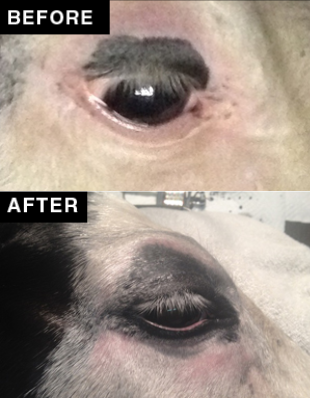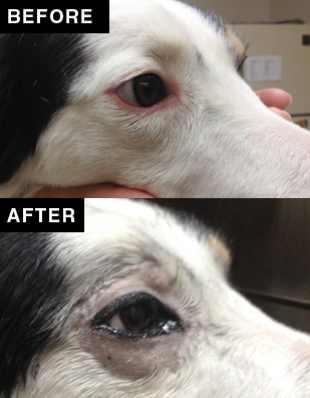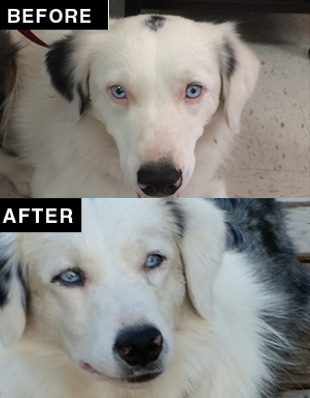Want Us To Contact You?
Equine and Canine Eyeliner
Protect Your Horse’s or Dog’s Eyesight with Permanent Eyeliner
Equine and canine eyeliner is not a form of horse or dog makeup. It is an effective way to protect the animals’ eyes from the sun’s harmful rays and potential cancers.

Equine and Canine Eyeliner
Permanent cosmetic eyeliner is a process of implanting pigment around the eyes for protection from sun damage. The advantage of this procedure is that it reduces the chronic eye irritation and watering that can develop into cancer. A squamous-cell carcinoma is usually found in the eye and genital regions of horses because the skin there contains less pigment, so it absorbs more ultraviolet rays from the sun.
When cancer begins, it starts as a wart-like growth or flat ulcer with a yellow, infected-looking base. As it grows, it hardens and becomes nodular and fleshy, and bleeds easily. Squamous-cell carcinoma is a type of skin cancer that can be treated with hyperthermia (heat), radiation, cryosurgery (freezing the skin), drug therapy, and possible removal of the eye. If left untreated, cancer can spread into the lymph nodes and eventually the brain, which is fatal.
The sun can cause chronic irritation to the eyes of horses with light skin. As with any type of skin condition, the body is going to react to it in some way. In some parts of the world, animals are particularly vulnerable. You can protect your horses’ eyes with the use of fly masks, SPF products, and tattooing for a long-term effect.
When animals are tattooed around their eyes, the dark pigment helps to deflect the sun from their eyes, similar to wearing sunglasses.
The color of the tattoo fades over time as the tattooing softens, but the watering of the eye slows and the horse still has protection against irritation by the sun. The difference will be that the animal won’t have watery eyes or tear in the same elements and environment as before the procedure.
How Animal Tattooing is Done
A veterinarian examines the animal, giving it a sedative. The area is clipped and cleaned, and an antiseptic ointment is applied. The animal will be anesthetized, depending on its weight and size. After the animal has had its eyes prepped and is sleeping, the procedure is performed quickly, within a 30-45 minute period, depending on the application of one or both eyes. Coverage is the key, so it is important to cover a larger area around the eye, rather than focus on the aesthetic appearance.
Once the procedure is complete, the owner needs to keep the area clean and covered for five to seven days. It is important to gently clean the area and keep it moist with ointment throughout the entire healing process to avoid premature exfoliation of the pigmented area. Animal tattooing is a form of art, and not a science. You should be aware of some of the potential risks. Horses and dogs that have allergies to anesthesia or antibacterial agents are not good candidates for the process.
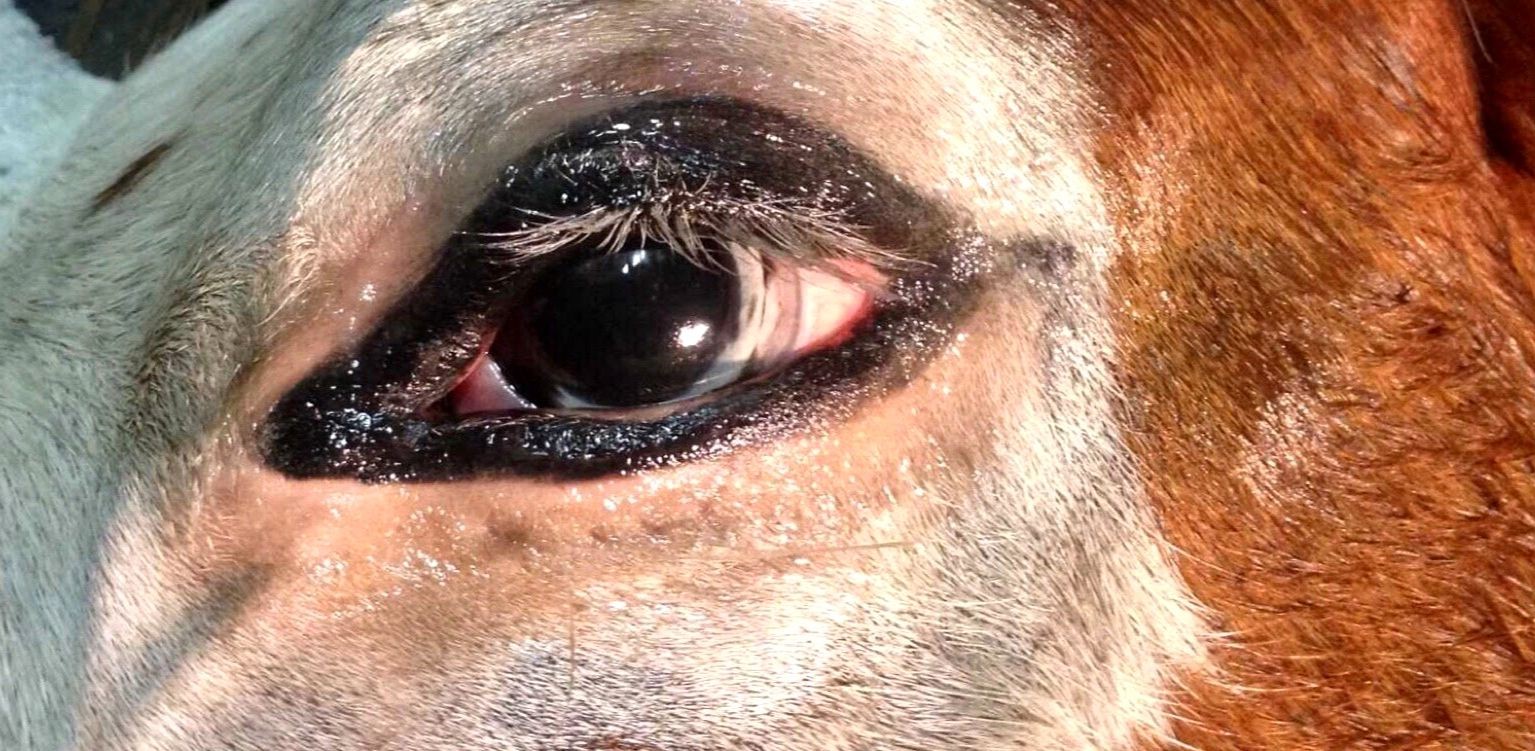
The American Paint Horse Association allows tattooing around the eyes of a registered paint horse if the owner believes it will help protect the animal’s vision. APHA requires that the change be documented on the horse’s registration papers. Submitting photographs after the tattooing procedure will then be recorded on the registration certificate just as scars and or brands. Tattooing is a form of art and not a science. There is no guarantee, and you should consider some possible risks.
Horses and dogs who are allergic to anesthesia or antibacterial agents used to clean the area and fight infections are poor candidates for the process. The American Paint Horse Association allows tattooing around the eyes of a registered paint horse if the owner believes it will help protect the animal’s vision. APHA requires that the change be documented on the horse’s registration papers. Submitting photographs after the tattooing procedure will then be recorded on the registration certificate just as scars and or brands.
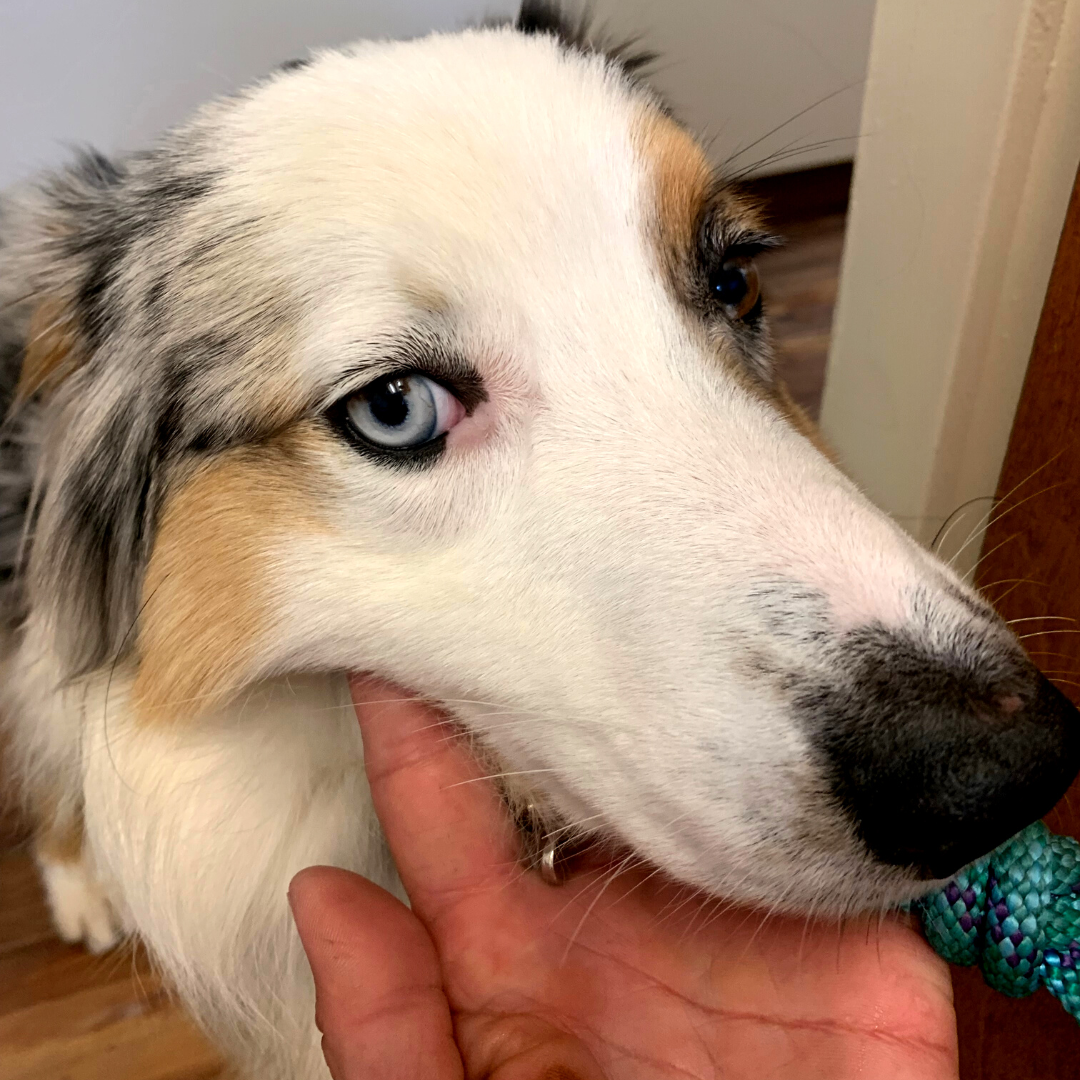
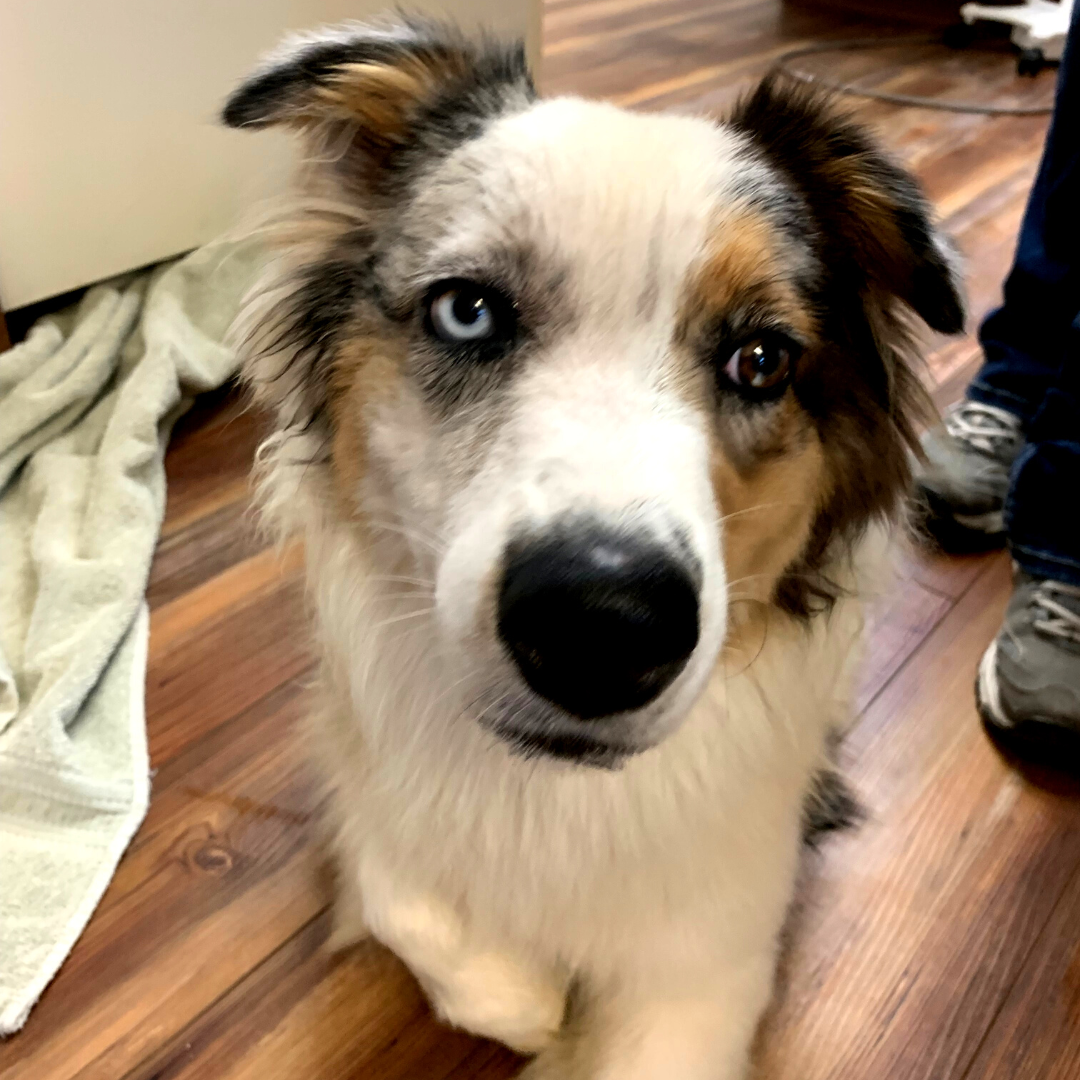
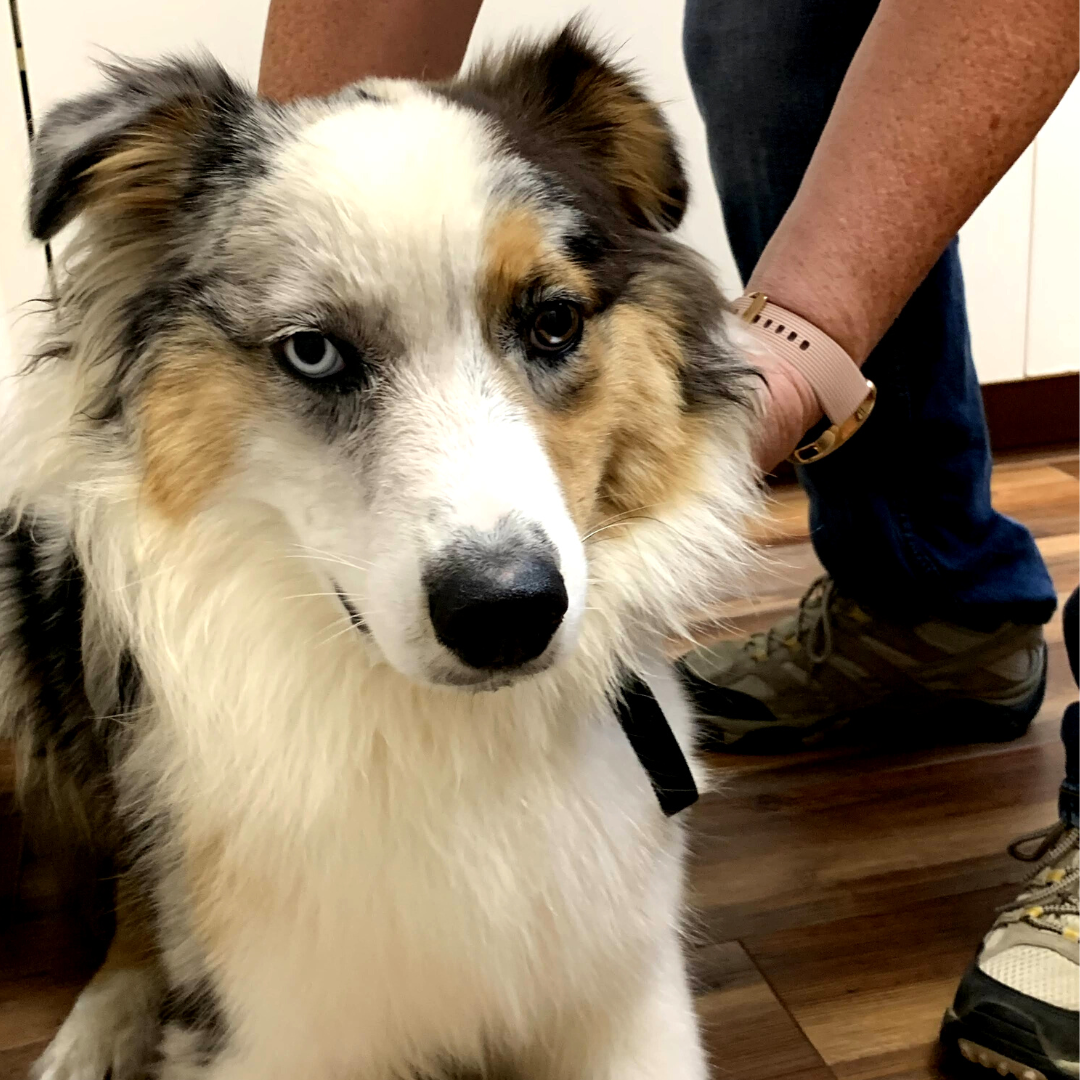
Before And After
